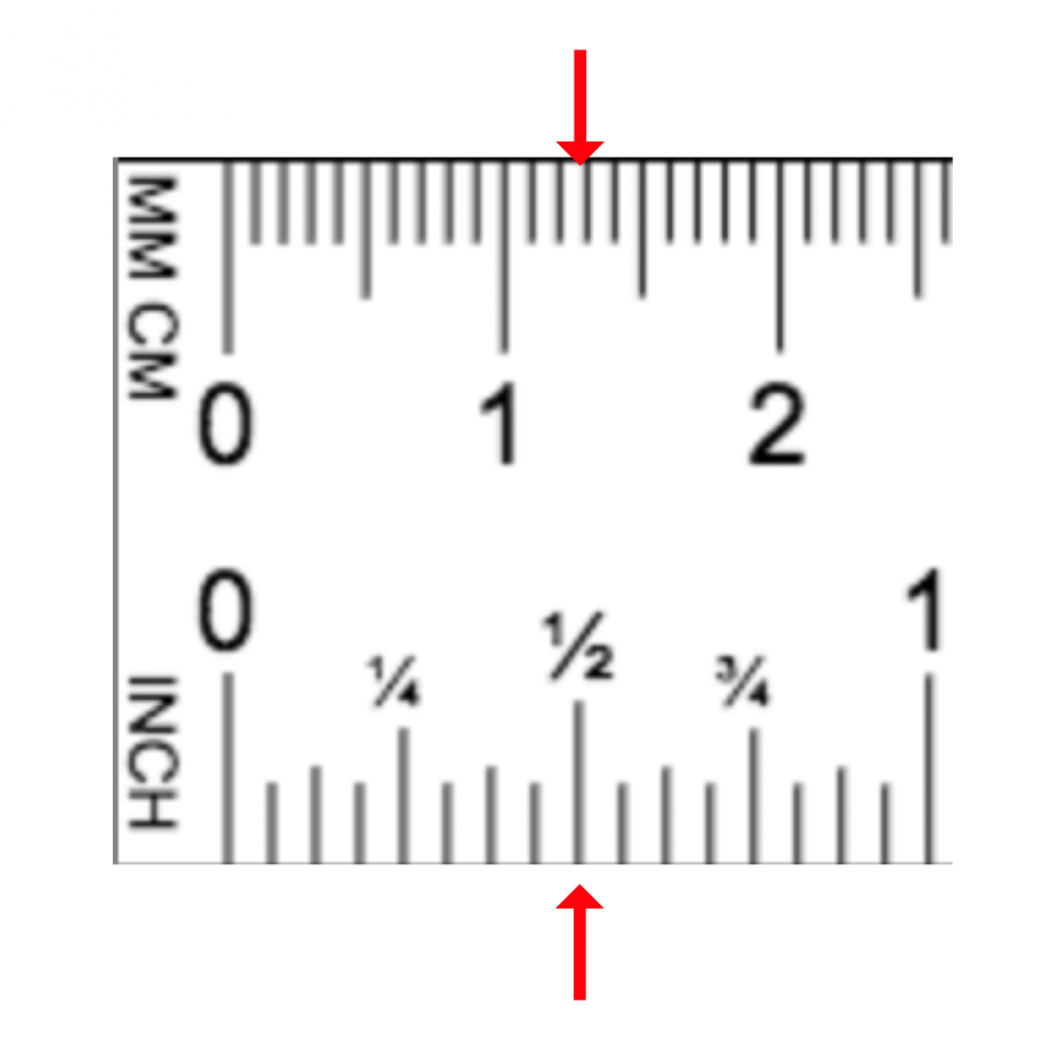
Though it can seem intimidating at first, it’s really not bad. There’s a few things you need to know before arriving at a mill. Typically buying lumber from a sawmill is a completely different process than picking it up at your local big box hardware store. L x W x D _ = Board Foot of hardwood lumber 144in 3 The answer will be the board foot of your piece of wood.To figure a board foot use the following formula: A board that is 1 inch thick and 12 inches wide equals 1 board foot. Board FootĪ board foot is 144 cubic inches. Also, like softwood the nominal length is basically the actual length because of the longitudinal cut. Boards that have been surfaced on two side will be smaller than boards that have been surfaced on only one side. This will be denoted as S1S, surfaced on one side, or S2S, surfaced on two sides. The actual size of hardwood varies also, depending on how many sides the board has been surfaced. Hardwood is measured in two ways in a unit of volume know as the board foot or in a unit of measure referred to as quarters. The sizing on hardwood is more difficult than on softwood. Hardwood lumber comes from deciduous trees such as beach, mahogany, maple and oak. When you purchase an 8 foot 2×4, you will get an 8 foot 1 ½ x 3 ½ board. Shrinkage is more prominent across the grain, laterally, than against the grain, longitudinally, so the nominal length of a board is very close to the actual length of the board. So, what started out as a 2×4 ends up being 1 ½ inches thick x 3 ½ inches wide, and a 1×6 is actually ¾ inches thick x 5 ½ inches wide. When softwood is cut into lumber, then dried and planed it typically loses ¼ inch from each side. Softwood lumber comes from conifer trees, such as pines, redwood, Douglas-fir, and cypresses. Between kiln drying, which removes the moisture causing shrinking of the wood, and planing the surfaces, the size of a 2×4 ends up smaller than it started out. This led to lumberjacks using planes to smooth out the rough-sawn surfaces of the wood. They wanted wood that was smoother and better looking.

In addition to the spike in consumption, consumers began to develop higher standards in the appearance of the wood they were purchasing. The heat used when kiln drying helps keep the wood in a consistent form, limiting warping, and removes any bugs that might still be taking up residence. This led to kiln drying the lumber in order to speed up the drying time. The process of air drying the wood was slow and not overly effective since wood is hygroscopic, meaning that the wood absorbs the moisture from the air around it.


Consumers began wanting more wood, more quickly and they wanted it to be “pretty”. Wood that is air dried can still contain up to 20% of its moisture which makes it retain its original, or very close to its original 2×4 inch size, therefore referring to the lumber by its size was easy, direct and for the most part accurate… and a 2×4 was pretty much a 2×4.Īs our country’s population and the need for housing grew, the lumber industry grew as well. These planks were rough-sawn, left in their natural state after being cut into lumber, and set out to air dry. The cants were then cut into straight planks that measured 2”x4”, or 1”x4”, or whatever size was needed. Originally, when trees were cut for lumber, they were cut into cants, A cant is the largest possible chunk you can cut out of a tree. With that said, you’ll see in the article below that the method used to dry wood has the biggest impact on how much wood shrinks from the time it is cut into lumber until you find it in your local lumber store. Ultimately, the reason reason wood varies from the advertised size is due to the shrinking that occurs during the drying process. A 2×4 has been called a “2 by 4” since, well…forever. When referring to soft wood that is milled and used for building, we call it by the nominal measurement and not the actual measurement. I mean if you buy a board that says 2×4, that is what you get, a board that measures 2×4, right? No, that is not right. One would assume that a 2×4 board is just that, 2 inches by 4 inches.


 0 kommentar(er)
0 kommentar(er)
